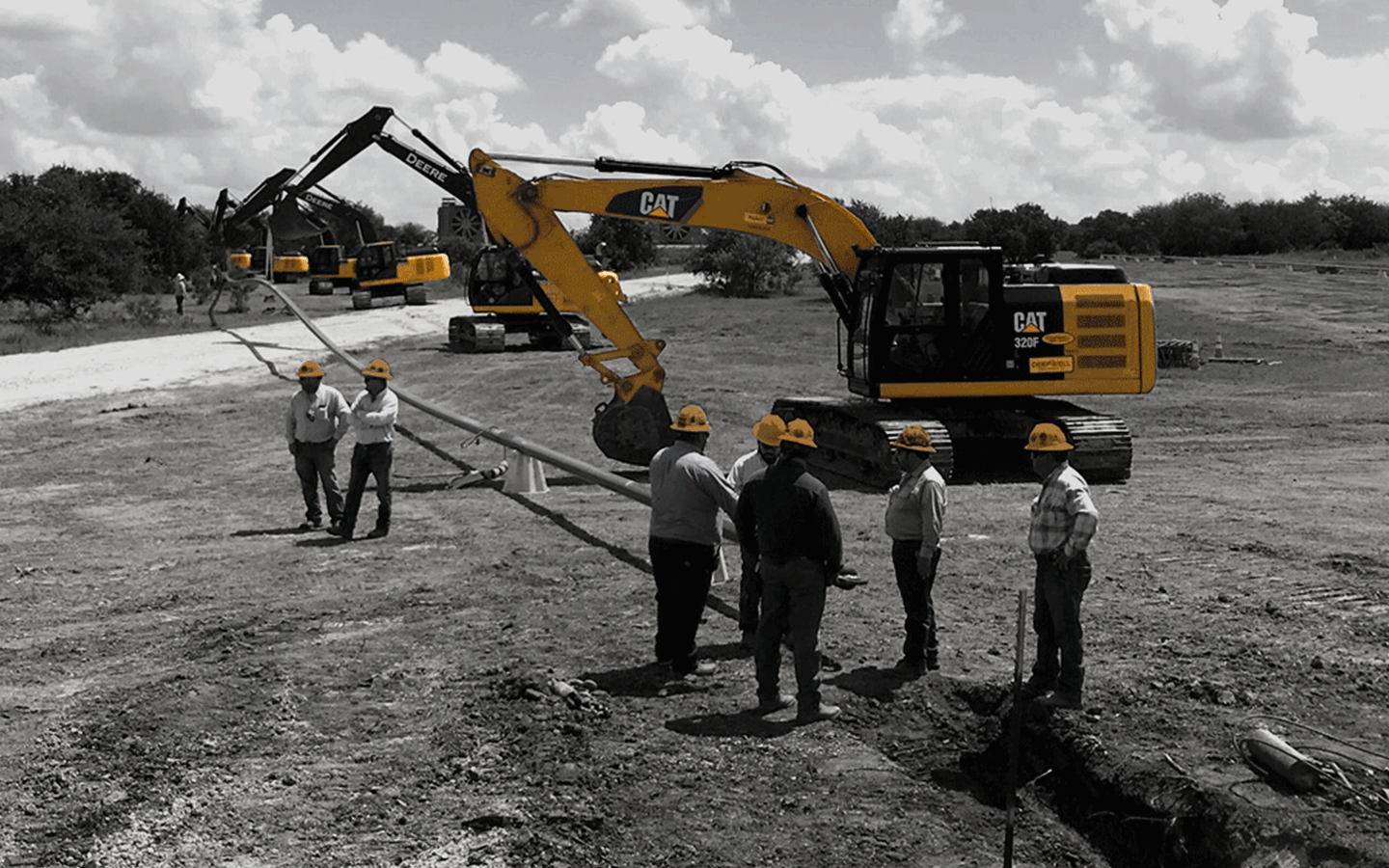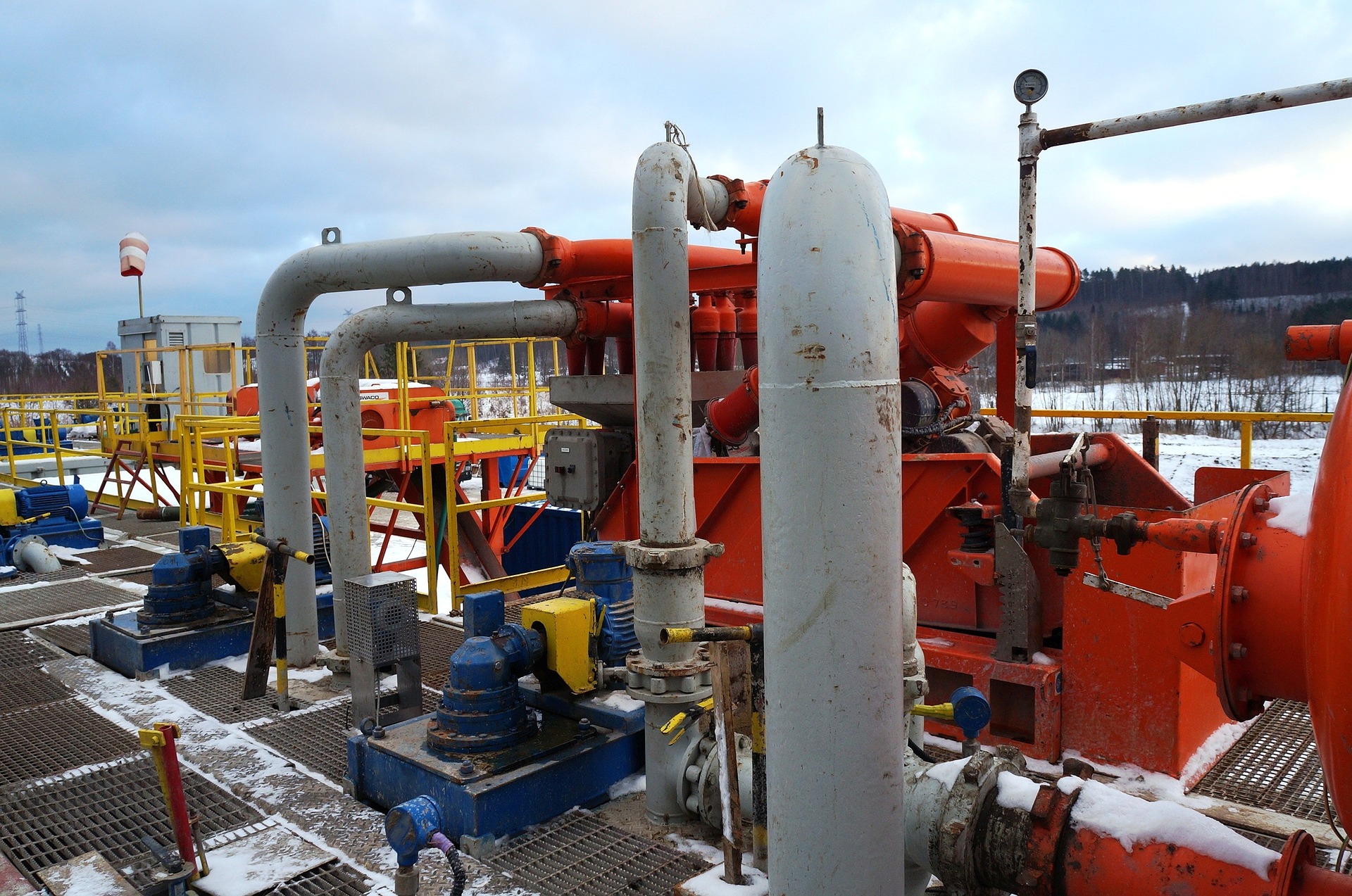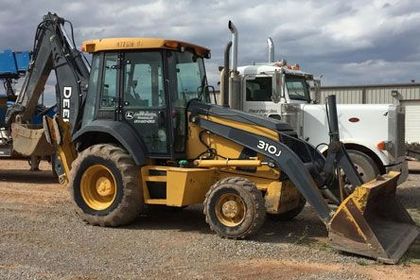All Concerning Oil Field Equipment and Pipeline Equipment: Secret Insights and Essential Information
Oil field equipment and pipeline systems play a critical duty in the oil and gas sector. They are necessary for the efficient extraction and transportation of hydrocarbons. Key parts, such as drilling rigs and storage space tanks, directly effect operational success. Meanwhile, developments in modern technology pledge to improve safety and effectiveness. Comprehending these components is crucial for any person entailed in or thinking about this intricate sector, as it sets the phase for deeper expedition of industry methods.

Overview of Oil Field Equipment
As the need for oil remains to grow, understanding the tools utilized in oil fields becomes significantly crucial. Oil field equipment includes a variety of equipment and tools crucial for expedition, removal, and processing. Secret components include piercing rigs, which are essential for getting to oil reservoirs, and production equipment, such as separators and pumps, that assist in the removal procedure. Superior Oilfield Rentals oilfield. Additionally, storage tanks play a considerable role in holding petroleum prior to transport. Safety tools, consisting of blowout preventers and pressure gauges, ensures operational security and efficiency. Each tool features cohesively to maximize production and preserve effective operations. Experience with this devices is crucial for experts in the sector to ensure successful procedures and adherence to safety criteria
Sorts Of Drilling Rigs and Their Applications
Drilling rigs function as the foundation of oil removal operations, with various types developed for details geological problems and functional needs. The most common types include rotating boring rigs, which make use of a revolving drill bit to penetrate the earth, and cord device rigs, known for their percussion drilling technique. For overseas procedures, jack-up rigs and semi-submersible rigs provide stability and assistance in aquatic settings. Furthermore, directional exploration rigs allow drivers to pierce at angles, reaching deposits that are not vertically accessible. Each rig type has distinct advantages, maximizing performance and security based upon the drilling environment. Choosing the appropriate gear is essential for making best use of resource extraction while minimizing environmental impact and operational costs.

Essential Pipeline Equipment and Their Features
Pipeline facilities is essential for the transportation of oil and gas from removal websites to processing centers and end-users. Numerous necessary devices elements promote this procedure. Pipelines themselves serve as the key avenues, created to hold up against high pressure and destructive compounds. Pump terminals are important for preserving circulation by enhancing stress along the pipeline. Valves play a vital role in managing flow and isolating sections for upkeep. Furthermore, fittings and adapters assure secure joints between pipeline sections. Keeping an eye on systems, consisting of circulation meters and stress sensing units, are crucial for spotting leaks and maximizing flow rates. Finally, pigging tools is employed for maintenance and cleaning, guarding pipeline stability and efficiency. Together, these parts create the foundation of a reputable pipeline system.
Advancements and Technologies in Oil and Gas Equipment

Safety and Maintenance Practices in the Oil Market
While the oil market has actually made significant strides in innovation and performance, the relevance of robust security and upkeep practices can not be overstated. Reliable safety and security methods are necessary to protect employees and the environment, lessening the risk of accidents and spills. Normal examinations and upkeep of equipment help determine prospective issues prior to they intensify, making certain operational stability. click over here now Training programs for employees are vital, stressing the value of security understanding and emergency feedback procedures. In addition, adherence to sector policies and standards promotes a culture of safety. Carrying out advanced tracking modern technologies can additionally boost upkeep practices, enabling real-time assessments of devices problems. Ultimately, prioritizing security and maintenance is essential to the sustainability and success of the oil sector.
Regularly Asked Concerns
What Are the Environmental Impacts of Oil Field Equipment?
The ecological effects of oil field equipment include habitat destruction, water contamination, and air pollution (Superior Rentals you can check here Contact). Additionally, devices malfunction can result in spills, detrimentally impacting wildlife and ecosystems, highlighting the demand for rigid policies and monitoring
Exactly How Is Oil Field Equipment Transported to Remote Locations?
Carrying oil field equipment to remote locations often entails specialized cars, helicopters, or barges. Logistics business coordinate paths, ensuring devices shows up safely and effectively, thinking about terrain and access to lessen delays and make the most of performance.
What Governing Requirements Govern Oil Field Equipment?
Governing criteria regulating oil field equipment primarily include safety and security, environmental management, and functional effectiveness standards. Agencies such as OSHA and EPA apply these regulations to ensure secure practices and minimize environmental impact in oil extraction operations.
What Skills Are Required to Run Oil Area Machinery?

Exactly How Do Oil Costs Affect Equipment Need and Use?
Oil costs greatly influence equipment need and usage. Higher prices generally cause raised exploration and production activities, driving need for machinery. On the other hand, reduced costs may lead to reduced operations and lowered see this need for tools.